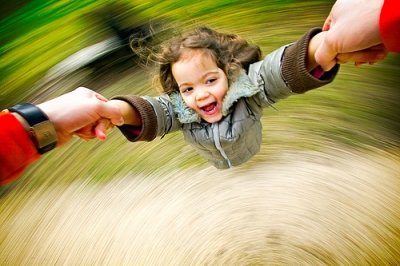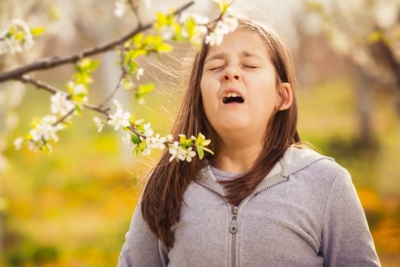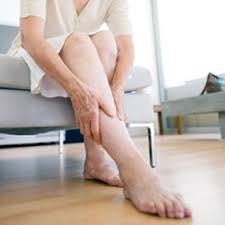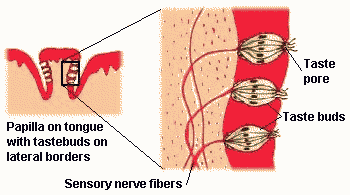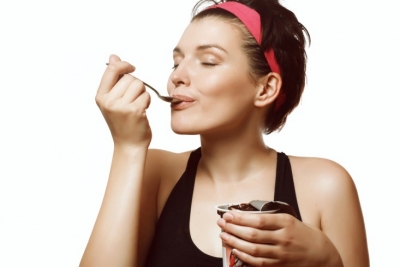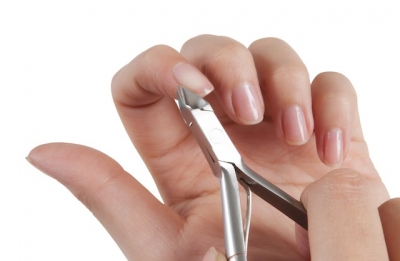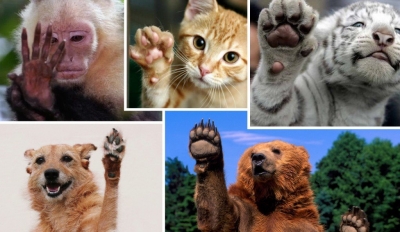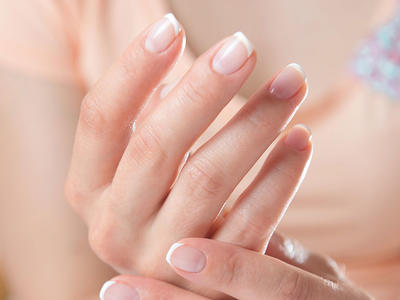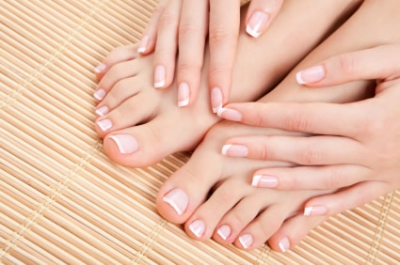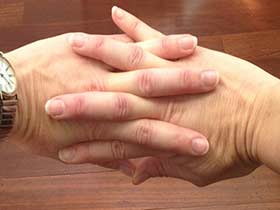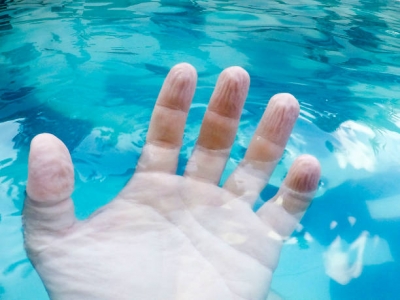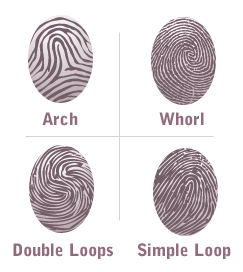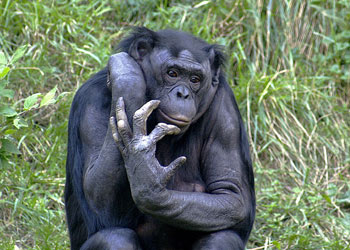Why do my ears pop on plane (or when I’m riding up a mountain)?
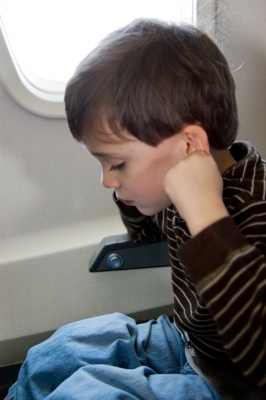
Plane cabins are pumped with air to simulate altitudes of around 7,000 feet (2 km) rather than sea level, and it takes 20 minutes or so for a plane to reach its cruising altitude and interior pressure setting. That means passengers typically experience a gradual decrease in air pressure at the beginning of a flight and gradual increase at the end, provided the destination airport is lower than 7,000 feet (2 km). That gradual change in pressure is similar to what you feel when cruising up or down mountain roads or riding up or down a tall building in a fast elevator. Behind your eardrums are small air-filled chambers that connected to your throat through tiny tubes. When the air pressure outside your eardrum changes, air moves through the tiny tubes to equalize the pressure inside your head. That movement of air creates a popping sensation. Sometimes, if you have a cold or allergies gumming up your noggin’s empty spaces, your ears won’t equalize quickly enough, causing louder pops and bursts of pain as air presses against your eardrum.
Picture Credit : Google
